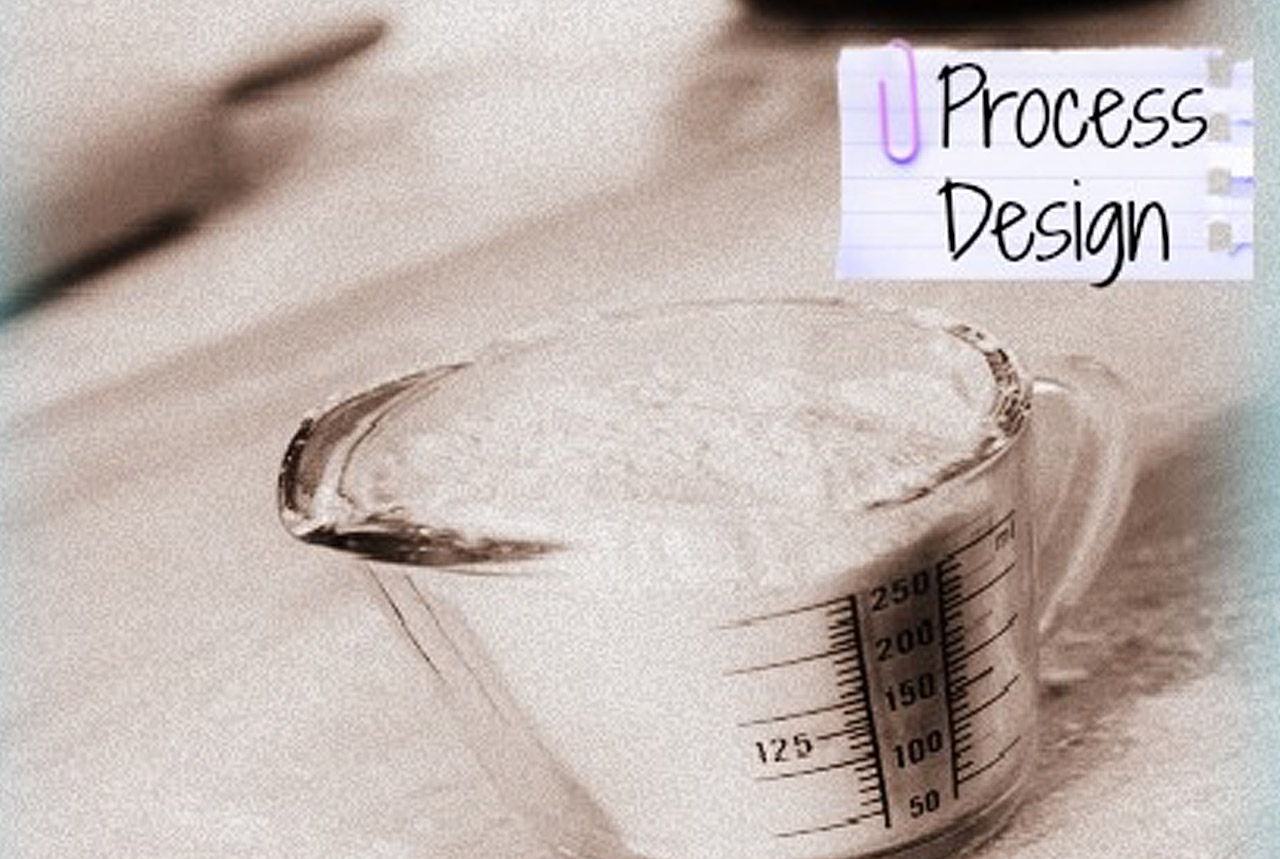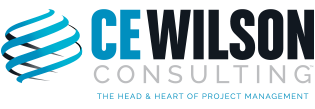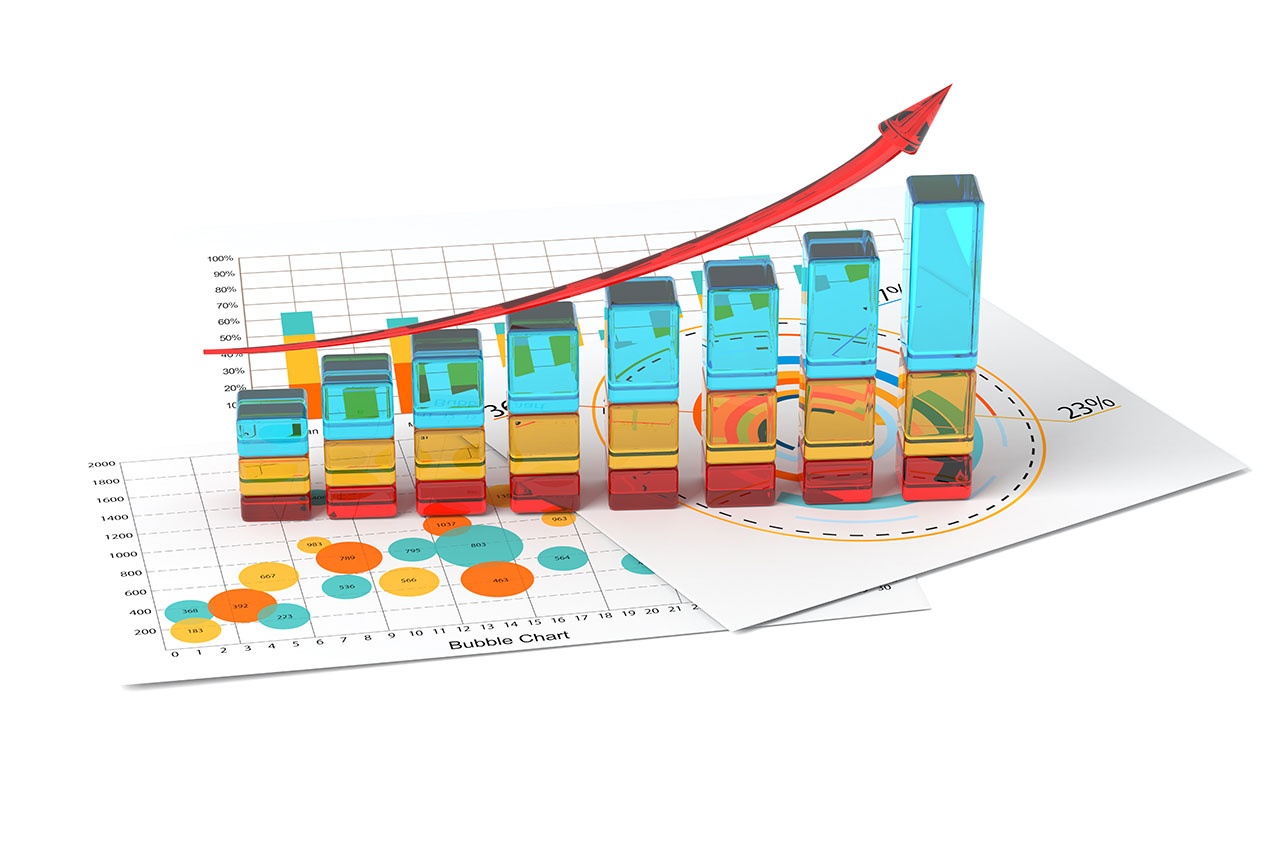Project management is more than just a beneficial skill; it’s a core competency that benefits…

Designing a Process Before Implementing a Tool
If you are baking a cake, there’s a recipe to follow. You also probably know how the cake should look and taste once it’s baked. Your first step may be pre-heating your oven to a certain temperature, then mixing the ingredients together, in proper sequence according to the recipe. In this case the recipe is the process and the oven is the tool that provides an enclosed, high temperature environment to facilitate baking.
Process Before Tool
Now, if we explore this scenario a little more, we find that the process is designed to achieve a certain outcome or result – a baked cake that tastes good and is visually appealing. The tool performs a specific function in the overall process. The tool, however, is not the process itself; therefore, process should come first-before the tool.
This is an important concept to embrace because in business, when a tool is implemented first, there are usually several negative consequences that occur. Below are some possible unintended consequences:
- Since the tool came first, the process is designed to fit the tool instead of a business need.
- If business needs that impact customers aren’t met, customers suffer, complain and eventually take their business elsewhere.
- Costs increase because additional resources must be utilized to design ‘work-around’ processes to meet business needs.
- Additional tools may need to be implemented at the expense of more time, training and money.
- Employee morale suffers when it takes significantly more time to accomplish the same result, because the wrong tool was implemented.
On the other hand, starting with a well-designed process offers many benefits; here are a few:
- When designing a process, the analysis phase provides an excellent opportunity to discover and then design more efficient processes. In the long run, more efficiency saves you time and money.
- You are assured that the process meets business needs.
- Well-designed processes take into account customer experience and can help improve and enhance customer satisfaction and loyalty.
- Good process design incorporates input from stakeholders, and this is an excellent opportunity for engagement and team building within the organization.
- You will avoid the unnecessary cost of implementing more tool than you need.
Fools Rush In
The rush to implement a tool first, may be the result of impatience, a lack of understanding or a desire to be more competitive, but it’s never a smart choice. While processes and tools work hand in hand, the process should always determine what and how the tool will be utilized.
Have you ever been faced with a situation where a tool was implemented first? If so, what was the outcome?
Chrystal Richardson is Managing Partner of CE Wilson Consulting, a project management and business efficiency consulting firm that has managed projects for technology, mining, medical and manufacturing clients since 2001.




